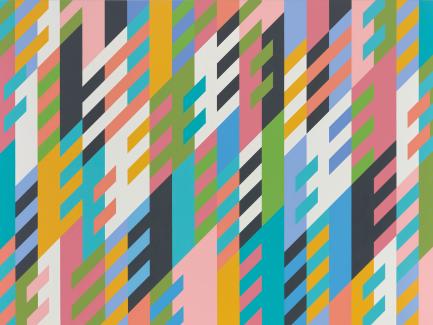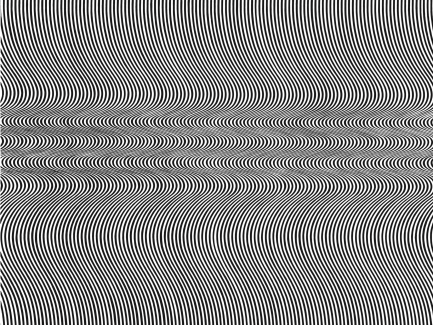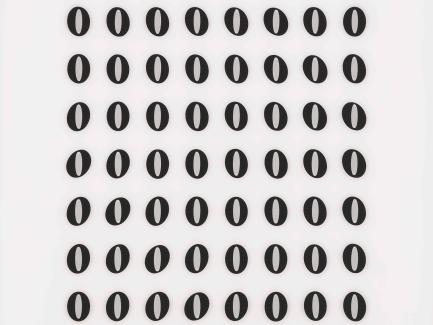About this program
Bridget Riley’s so-called "breakthrough" into color, via the introduction of gray within her famous black and white paintings of the early 1960s, remains largely unexamined. The use of gray is of course a common trope within the history of modern painting. Yet it often comes after a renunciation of color, rather than at the outset of what, in Riley’s case, has proven to be a career-long investigation of its volatility as well as its potential for perceptual experience. In this talk, Moran Sheleg reveals how, in Riley’s strangely affective system, gray appears less as a direct entity than as a sliding scale with which to measure the undulating contours of a world seen and experienced through technicolor.
About Moran Sheleg
Sheleg is an art historian, lecturer, and writer living in London. She specializes in modern and contemporary art, with a focus on the historical discourse surrounding abstract painting – and abstraction more widely – since the 1960s. Her writing has appeared in numerous academic journals and Tate Research Online. Before joining the Courtauld Institute of Art as an associate lecturer, Moran taught at the Ruskin School of Art, University of Oxford.
at home: Art in Context
Presented by faculty, staff, visiting scholars, and student guides, these lectures are held on the last Tuesday of each month during the academic year. Each talk focuses on a particular work of art in the museum's collections or a special exhibition, and takes an in-depth look at its style, subject matter, technique, or time period.


